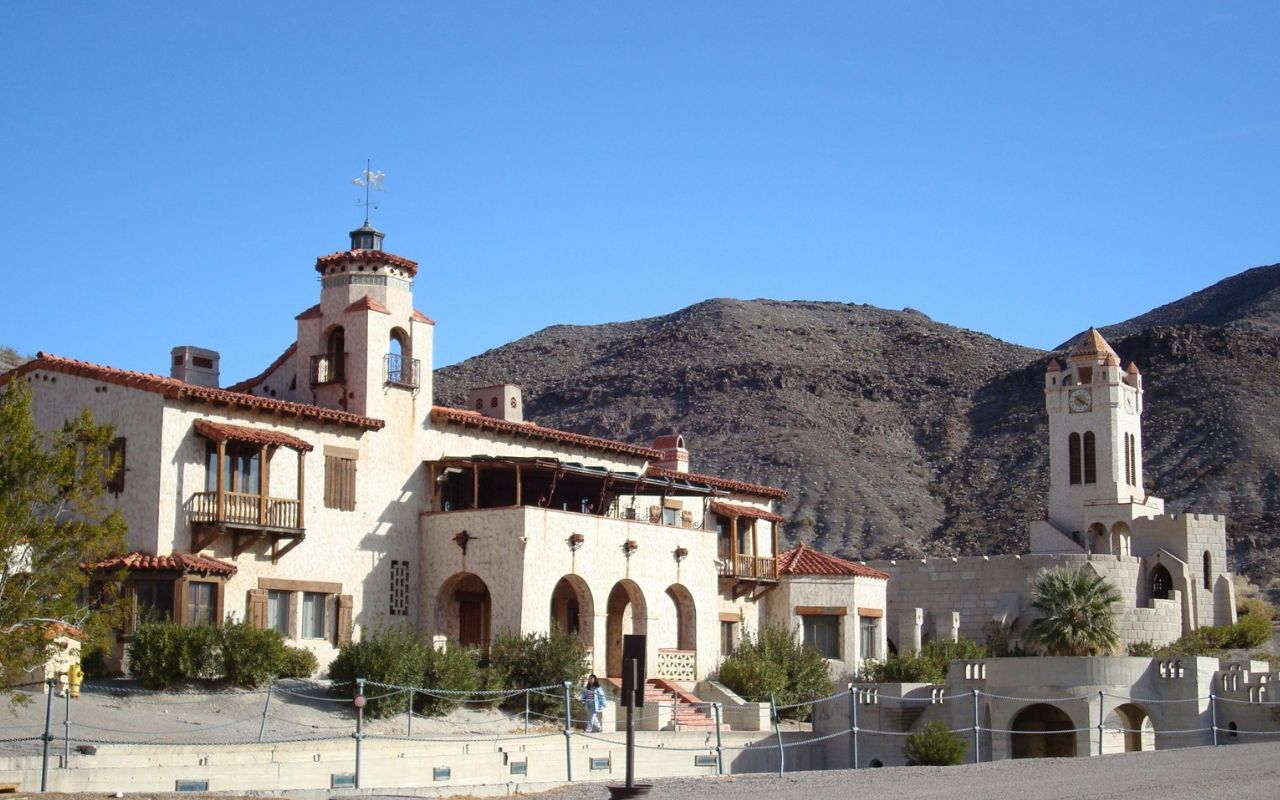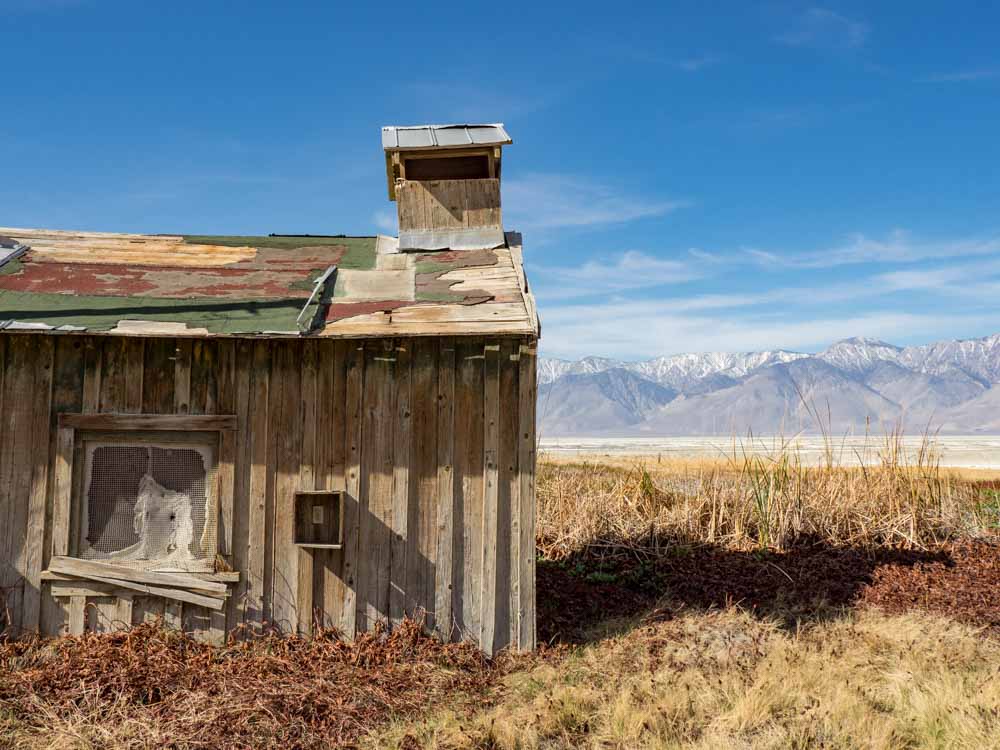
Echoes in the Dust: The Enduring Legends of Death Valley’s Ghost Towns
Death Valley, a land of scorching sun, parched earth, and silence so profound it seems to swallow sound whole, is more than just a geological marvel. It is a crucible of human ambition and despair, a landscape etched with the fleeting dreams and tragic ends of those who sought their fortunes in its unforgiving embrace. Within its vast, desolate expanse lie the crumbling remnants of boomtowns, ghost towns that stand as silent sentinels to a bygone era. These aren’t just collections of decaying timbers and sun-bleached foundations; they are the fertile ground for some of America’s most haunting and enduring legends, stories that bridge the gap between history and myth, whispering tales of lost gold, restless spirits, and the indomitable, often tragic, human spirit.
To understand the legends of Death Valley’s ghost towns, one must first grasp the sheer audacity of their existence. In the late 19th and early 20th centuries, this infernal landscape, famously named by a lost party of ’49ers who believed it would be their tomb, became an unlikely magnet for prospectors. The discovery of gold, silver, borax, and other minerals triggered frantic rushes, giving birth to towns that sprang up with astonishing speed, boasting saloons, general stores, hotels, and even opera houses, all against a backdrop of some of the most extreme conditions on Earth. Places like Skidoo, Leadfield, Rhyolite (just across the Nevada border, but inextricably linked to Death Valley’s mining lore), and Ballarat were not merely settlements; they were ephemeral monuments to human greed and grit, thriving for a few feverish years before the ore ran out, the market crashed, or the desert simply reclaimed its own.
These sudden booms and inevitable busts created a fertile ground for folklore. Life in these isolated outposts was harsh, often violent, and always precarious. Men and women faced not only the elements – extreme heat, scarcity of water, and venomous creatures – but also the dangers of mining, the lawlessness of the frontier, and the crushing weight of dashed hopes. It is from this crucible of human experience that Death Valley’s most potent legends emerged.

One of the most persistent and tantalizing categories of legend is that of the lost mine. The desert, with its vast, undifferentiated landscape, was a perfect canvas for tales of untold riches hidden just beyond reach. For every successful strike, there were a hundred stories of a prospector who stumbled upon a rich vein, only to die before he could reveal its location, or whose map was lost, or whose memory failed him. These legends became the Holy Grail of the desert prospector, fueling generations of treasure hunters.
Perhaps the most famous of these is the Lost Breyfogle Mine. The story goes that in 1864, a German prospector named Charles Breyfogle, after escaping a band of Paiute Indians, found a fabulously rich gold vein somewhere in the Death Valley region. He picked up a few samples, but in his haste and disorientation, he never managed to find his way back to the exact spot. His descriptions were vague, contradictory, and tantalizingly incomplete. Over the decades, countless expeditions have scoured the canyons and washes, often armed with Breyfogle’s conflicting accounts, driven by the dream of striking it rich. The legend, however, is less about the discovery of the mine itself and more about the enduring human hope it represents – the idea that immense wealth is always just around the next bend, waiting for the fortunate few.
Another captivating tale is that of the Lost Gunsight Lode. This legend dates back to the 1849ers, a party of gold-seekers who became hopelessly lost in Death Valley. According to their harrowing accounts, as they struggled for survival, some members of the group stumbled upon a rich deposit of silver, so pure that it could be molded into a gun sight. They even fashioned a crude one, but the immediate need for water and survival overshadowed the desire for wealth. They never returned to pinpoint the location, and the desert, in its infinite indifference, swallowed the secret. The Lost Gunsight Lode became a symbol of the desert’s hidden treasures, forever just out of reach, a testament to the fact that even in the throes of death, the glimmer of unimaginable wealth could still present itself. As one historian, reflecting on the enduring power of such tales, once remarked, "Every prospector knew a story, heard a whisper, or saw a glint that promised a fortune. These lost mines weren’t just about gold; they were about hope in a land that offered little else."
Beyond the lure of lost gold, the sheer number of tragic deaths in Death Valley gave rise to a different kind of legend: ghosts and hauntings. Where life was cheap and death a constant companion – whether from thirst, heatstroke, mining accidents, or the occasional gunfight – it was only natural for people to believe that some souls might linger, forever bound to the place where their dreams shattered or their lives abruptly ended. The crumbling buildings of towns like Skidoo and Leadfield, and the lonely graves scattered across the landscape, serve as natural backdrops for spectral tales.
In Skidoo, a town that briefly flourished with a 100-stamp mill before being dismantled, there are whispers of the "Skidoo Man." The legend tells of a miner who was murdered for his gold dust, and whose restless spirit is said to roam the desolate site, forever searching for his killer or his lost treasure. Visitors to the ruins sometimes report feeling an inexplicable chill, hearing disembodied voices, or catching glimpses of shadowy figures in the periphery of their vision, especially around the old mill foundations.
Ballarat, a more remote and less-visited ghost town, has its own unique spectral resident: Seldom Seen Slim. While Slim was a real person, a recluse and prospector who lived in Ballarat until his death in 1968, his eccentric life and solitary existence have elevated him to legendary status, with some believing his spirit still watches over the town. His ramshackle cabin and the few remaining structures are imbued with his presence, and local lore suggests his spectral form can sometimes be seen tending to his affairs, a benign guardian of the forgotten outpost. "He was part of the desert, and the desert became part of him," says a long-time resident of the nearby Panamint Valley. "It makes sense he’d never truly leave."
The most famously haunted ghost town in the region, however, is undoubtedly Rhyolite, just outside the park’s eastern boundary in Nevada. Though technically not in Death Valley itself, its boom and bust cycle, its proximity, and its striking ruins make it an essential part of the Death Valley legendscape. Rhyolite once boasted electric lights, an opera house, and even a stock exchange. Today, its bottle house, bank facade, and old jail are eerie monuments to its former glory. Reports of paranormal activity are frequent: spectral figures wandering through the ruins, disembodied voices, phantom music from the long-gone opera house, and the inexplicable feeling of being watched. Some claim to have seen the ghost of a woman in a long dress, believed to be a former resident who died tragically, forever tied to the grand, yet fleeting, dreams of the town.
Beyond specific hauntings, there’s a pervasive sense of the uncanny that permeates Death Valley. The sheer scale of the landscape, the oppressive heat, and the profound silence can play tricks on the mind, blurring the lines between the real and the imagined. Many visitors report an unsettling feeling of being alone in a vast, indifferent wilderness, where the echoes of past lives seem to hang heavy in the air. These sensations often feed into the broader legends, creating an atmosphere where the extraordinary feels entirely plausible.

The legends of Death Valley’s ghost towns are more than just campfire tales; they are a vital part of America’s historical tapestry. They reflect the rugged individualism, the yearning for wealth, and the often-brutal realities of the frontier experience. They are cautionary tales of human hubris against the backdrop of an indifferent nature, but also testaments to the enduring hope that drove people to such extremes.
Today, as visitors explore the skeletal remains of these forgotten towns, they walk through open-air museums where every crumbling wall and rusted piece of machinery has a story to tell. The wind that whistles through empty windows isn’t just a natural phenomenon; for many, it’s the whispered lament of lost souls, the echo of forgotten dreams. The legends, whether of lost gold or lingering spirits, serve to animate these silent landscapes, transforming them from mere ruins into living repositories of human drama.
In an increasingly digitized and demystified world, the legends of Death Valley’s ghost towns offer a powerful connection to a raw, untamed past. They remind us that even in the most desolate places, the human spirit leaves an indelible mark, and that some stories are too compelling, too poignant, to ever truly fade into the dust. They are the whispers of America’s soul, forever echoing in the vast, beautiful, and profoundly haunted expanse of Death Valley.


